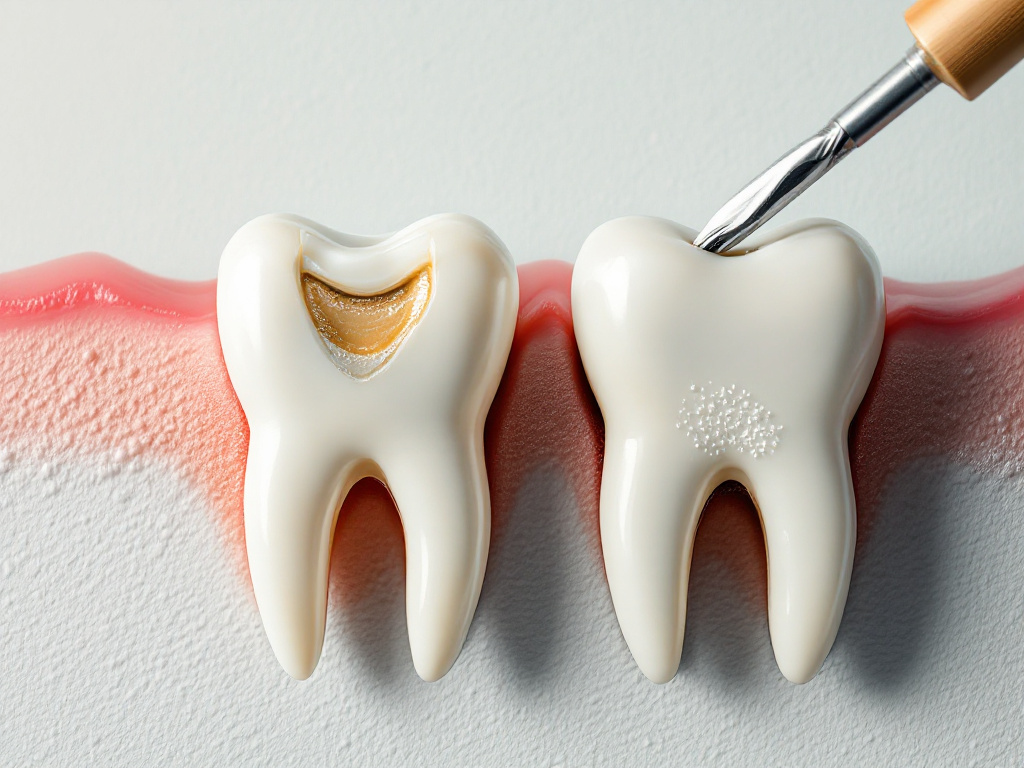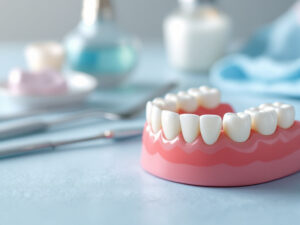You rely on your smile every day—to eat, to speak, to show confidence. When teeth are damaged by decay, injury, or wear, you need reliable tooth repair and restoration to protect your oral health and restore function. In this guide you’ll learn when to seek help, what treatments are available—from fillings and crowns to bridges and implants—and how to plan a smooth restoration journey.
By understanding your options and working with experienced professionals, you can transform your smile, preserve natural tooth structure, and enjoy lasting results.
Understand tooth damage
Common tooth issues
Teeth can be compromised by a variety of factors. You might notice:
- Small chips or cracks after biting hard foods or trauma
- Cavities caused by decay and acid erosion
- Large fractures exposing sensitive inner layers
- Missing teeth from extraction or accidents
Even slight defects can lead to discomfort, sensitivity, and a higher risk of infection [1]. Early intervention prevents small problems from becoming complex procedures.
Signs you need repair
Watch for:
- Sharp or rough edges on a chipped tooth
- Sensitivity to hot, cold, or pressure
- Visible dark spots or holes
- Pain when chewing
- Gaps from missing teeth
Ignoring these signs can jeopardize adjacent teeth and overall oral health. Prompt attention keeps your smile healthy and functional [2].
Explore repair options
Composite fillings
For small to medium cavities or minor chips, composite fillings are a first line of defense. Benefits include:
- Tooth-colored material that blends with your enamel
- Strong bond to natural tooth structure
- Minimal removal of healthy tooth
- Quick, cost-effective treatment
Your dentist places a composite resin, sculpts it to shape, then hardens it with a curing light. Ask about a composite filling service to restore form and function discreetly [3].
Crowns for protection
When damage extends beyond a small chip or large filling, a crown can cover and protect the entire visible tooth. Crowns:
- Encapsulate weakened teeth to prevent fractures
- Restore chewing surfaces for comfort and efficiency
- Match natural tooth color and contours
Your dentist will prepare the tooth, take impressions, and place a temporary crown while a lab fabricates your permanent cap. Learn more about dental crown placement.
Porcelain crown restoration
Porcelain crowns offer superior aesthetics, especially in front teeth. They resist staining and mimic enamel translucency. Ask your provider about porcelain crown restoration for a seamless smile makeover.
Bridge replacement options
If you’re missing one or several teeth, a dental bridge fills the gap by anchoring prosthetic teeth to neighboring crowns. Advantages include:
- Restored chewing and speaking ability
- Prevention of teeth shifting
- Natural-looking pontics
Discuss dental bridge replacement or explore crown and bridge dentistry to find the best design for your needs.
Root canal therapy
When decay or trauma reaches the tooth pulp, you may face infection and severe pain. Root canal therapy removes damaged tissue, disinfects the canal, and seals the space. Following treatment, a crown is often placed to strengthen the tooth. If you experience lingering sensitivity or swelling, schedule root canal therapy.
Implant restoration process
For a long-term solution to missing teeth, dental implants mimic natural roots and support crowns, bridges, or dentures. The process involves:
- Consultation and imaging to assess bone health
- Implant placement under local anesthesia
- Healing phase (osseointegration)
- Attachment of an abutment and prosthetic crown
Implant restorations can last over 25 years with proper care, and most last at least 15 years [4]. Consult an implant restoration dentist to see if implants are right for you.
Dentures and prosthetics
When multiple teeth or full arches need replacement, custom dentures or implant-supported prosthetics restore your bite and appearance. Options include:
- Removable partial or full dentures
- Implant-supported overdentures
- Hybrid fixed prostheses
Your provider can recommend custom denture services or dental prosthetics services based on your bone structure and lifestyle.
Benefit from restorative procedures
Preserve tooth structure
Modern repair techniques emphasize conserving healthy enamel and dentin. Repairing rather than replacing restorations preserves more of your natural tooth, reduces risk to the pulp, and enhances longevity [5].
Restore appearance and function
Beyond health, restorative dentistry improves aesthetics and confidence. Procedures like crowns, bridges, and implant restorations seamlessly integrate with your smile, letting you chew, speak, and laugh without hesitation.
Treatment longevity insights
Different restorations offer varied lifespans:
- Composite fillings: 5–10 years
- Porcelain crowns: 10–15 years
- Dental bridges: 10–12 years
- Dental implants: 15–25+ years [6]
Proper oral hygiene and regular checkups extend these timelines.
Plan your restoration journey
Initial consultation
Begin with a comprehensive exam including X-rays and evaluation of gum and bone health. Your dentist will discuss your goals, review treatment options like repair chipped tooth or repair broken dental work, and create a personalized plan.
Treatment preparation
Some patients require preparatory procedures such as:
- Bone grafting to support implants
- Periodontal therapy to treat gum disease
- Removal of failing restorations
Addressing these needs ensures a stable foundation for lasting results.
Recovery and aftercare
Most restorations involve minimal downtime. You can typically return to normal activities within days. To manage swelling and discomfort:
- Apply ice packs for the first 18 hours [7]
- Stick to soft foods initially
- Maintain gentle oral hygiene
Contact your provider if pain or swelling worsens after three days.
Insurance and financing
Restorative treatments can be an investment. Many dental offices offer:
- Flexible payment plans
- Membership or wellness programs
- Coverage guidance for insurance covered restorative dental
Discuss options before treatment to avoid surprises.
Choose the right provider
Credentials and experience
Look for dentists with advanced training in restorative and implant dentistry. Check reviews and ask about success rates for treatments you need.
Technology and facilities
Modern offices use digital impressions, 3D imaging, and in-house labs to improve precision and turnaround times. These tools enhance comfort and accuracy.
Patient comfort and support
A welcoming environment and clear communication make your journey smoother. From sedation options to follow-up care, choose a practice that prioritizes your well-being.
Conclusion
Tooth damage doesn’t have to hold you back. With high-quality tooth repair and restoration—ranging from fillings and crowns to bridges, implants, and prosthetics—you can protect your oral health and transform your smile. By understanding your options, planning carefully, and partnering with experienced professionals, you’ll regain confidence and enjoy lasting results.
Ready to take the first step? Schedule your consultation with a trusted dental restoration clinic today and discover the right restorative dental procedures for your smile.










